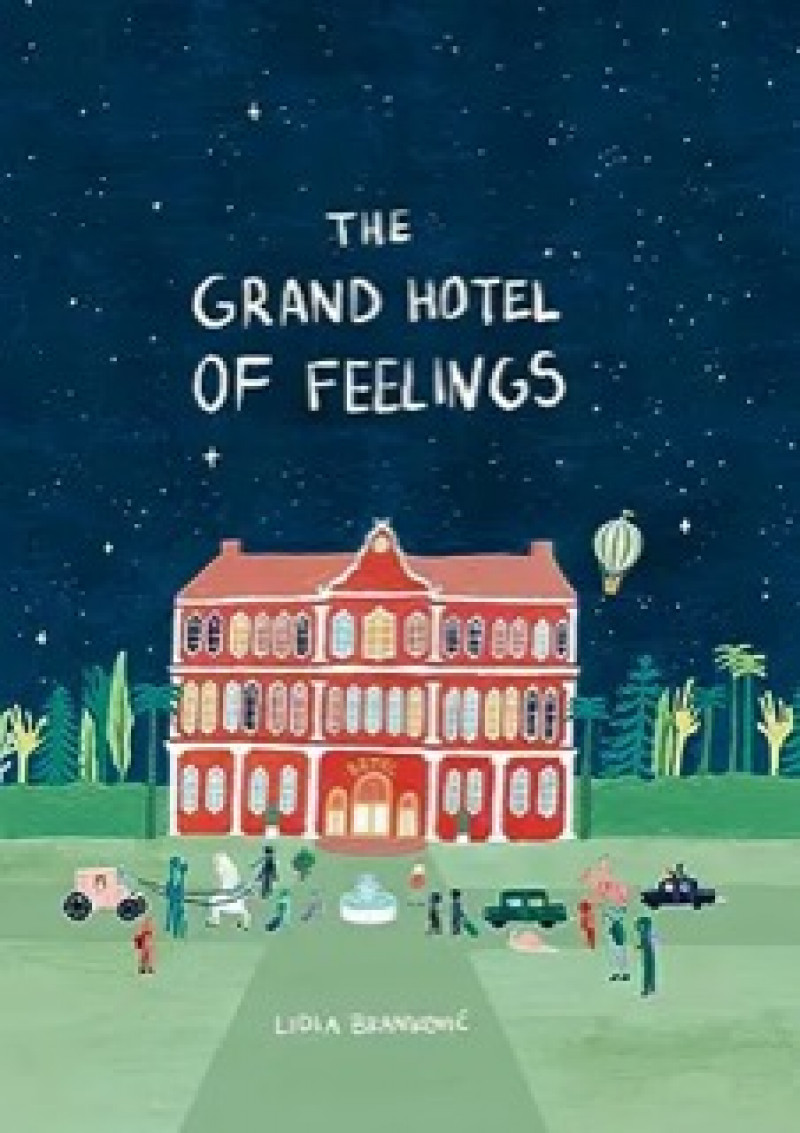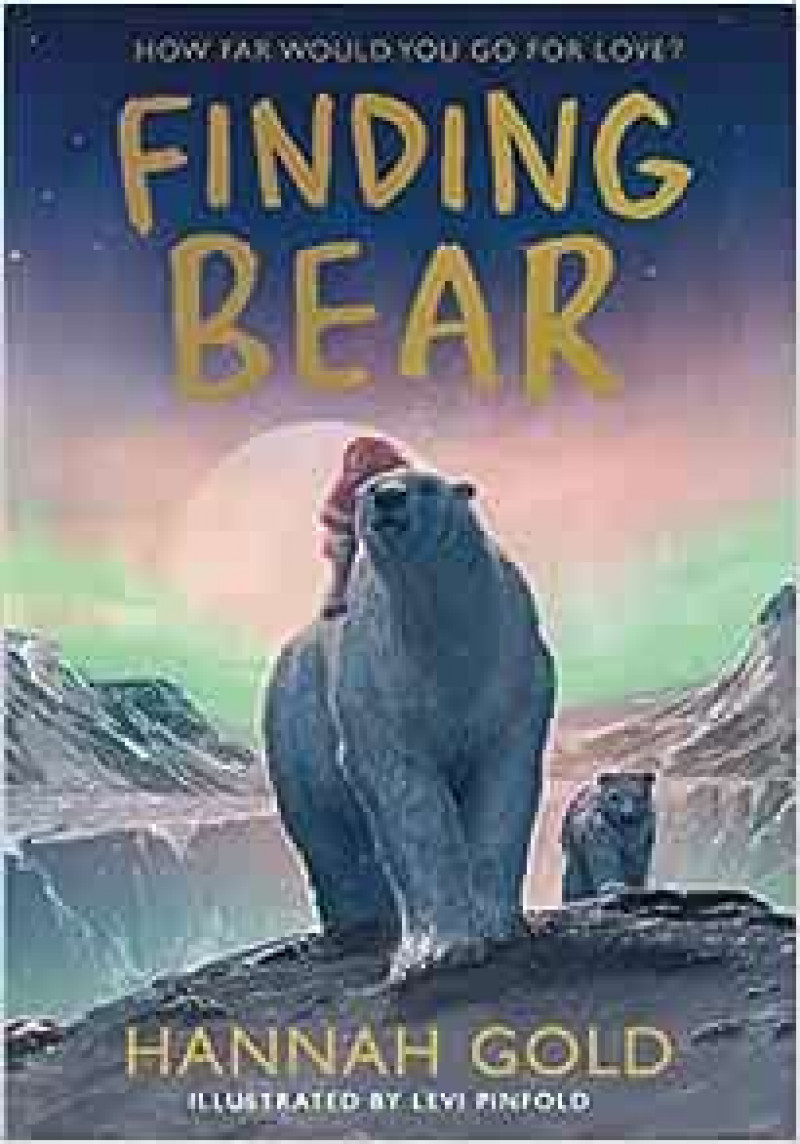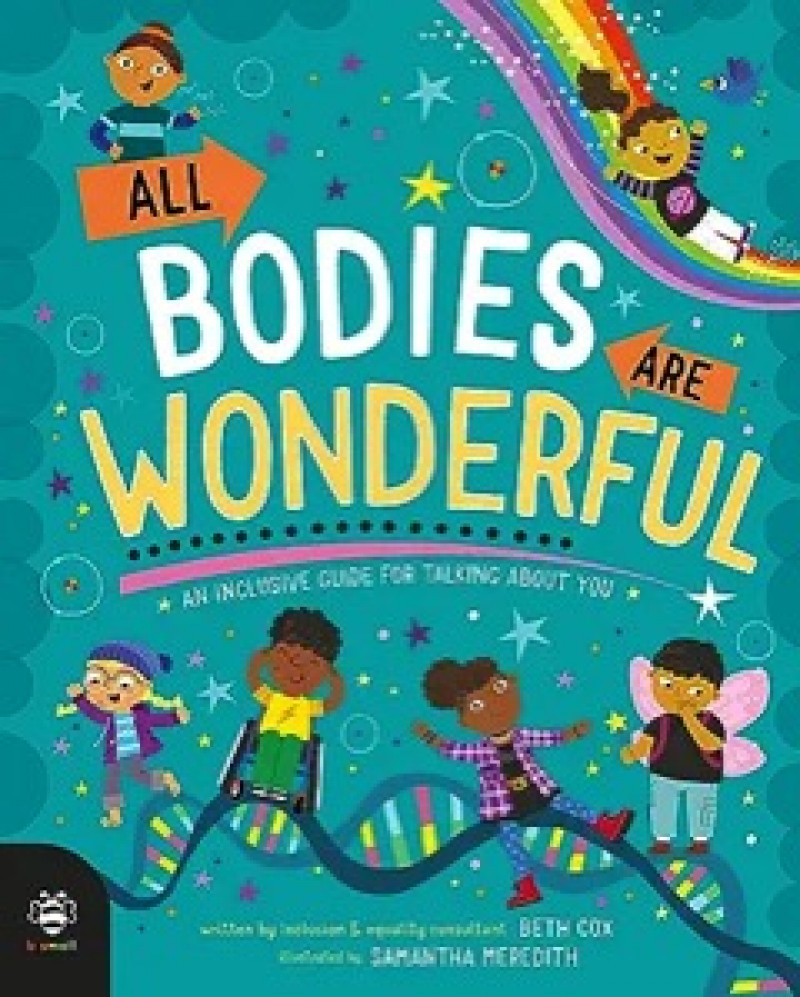Posted on: 29/08/2023
With our Scottish and international schools already back in session and the remainder of our schools on the brink of a shiny new school year, children and staff alike may well be feeling a little bit lost! New routines and new classes can feel scary and worrisome. Children can feel anxious about adjusting to new teachers; new timetables and – for some – new buildings. But fitting in and finding their place amongst peers can also be something that makes children nervous. Plotlines around feeling lost, a sense of loss and losing a physical object recur throughout our offer: Lost and Found is the eponymous title of one of our original Writing Roots. This well-loved book by Oliver Jeffers explores the literal concept of being lost but also the figurative idea of a lonely character who needs to be ‘found’. So too does Shaun Tan’s The Lost Thing explore themes of loneliness, feelings and finding oneself. So, to help with those back-to-school jitters, we’ve selected some of the best newly published children’s books that all have themes of feelings, finding ourselves and finding what has been lost.
The Grand Hotel of Feelings by Lidia Branković (Cicada, 24th August 2023)
This gentle book explores a plethora of feelings that sentient beings are wont to experience and through clever metaphor, we learn that there is a need to give space to each feeling. Feelings check in to the hotel and the hotelier, who is also the book’s narrator, explains that none are ever turned away, even if they are a little difficult. There’s Sadness, depicted in watery blues, flooding his room and sometimes the room below. Anger was once allocated a small room, far away from the other guests lest she disturb them but it was soon realised that Anger should not be silenced: she needed to be given space and acknowledgement; be allowed to make noise. That way, locked-away emotions are less likely to turn into other, even trickier feelings such as Guilt, Depression and even Shame. There are feelings of Hopefulness and Joy – also validated. Adding to Lidia’s beautiful but matter-of-fact narrative are her gorgeous illustrations: soft, gentle and absorbing. The feelings explored vary from being pleasurable to tricky to navigate but at no point is any feeling portrayed as negative. And this is the absolute beauty of this book: the clear message is that all feelings are valid and that all need to be allowed to be felt. Such an important teaching for children (and adults actually!) that it’s okay to feel things that may be uncomfortable or that we may have been led to believe are ‘bad’ or ‘shameful’. The sweetest moment is the page that encourages us to sit in nature and breathe as a way of managing big feelings. Perfect for small-group or 1-1 discussion, especially for children experiencing emotional dysregulation and struggling to understand or articulate how they are feeling.


The Squirrel and the Lost Treasure by Coralie-Bickford Smith (Particular Books, 31st August 2023)
Oh this is so stunning! Coralie’s stylish, visually perfect picture books have long-been favourites of ours and so we were very excited when we learned that a new nature-focused book was in the offing. Squirrel buries her shiny acorn – her treasure – knowing that she needs to hide her treasure away from watchful eyes and hungry mouths. Eventually she finds a clearing in the forest. It is well-away from the threat of treasure-hunters. Autumn turns to a seemingly endless winter and then eventually the forest reawakens, the thaw and greenery heralding the arrival of Spring. Squirrel eagerly returns to her hiding place. She knows exactly where to look but her shiny Acorn is nowhere to be seen! So, she decides to work even harder ahead of the next winter, gathering as many acorns as she can and burying them in the secret hiding place. Surely at least one will still be there next Spring? But, once again when Spring arrives … nothing! However, in that clever way Coralie has, the pictures tell a different story to the words: in the first Spring, there is a picture of a solitary oak sapling. In the second, the clearing is peppered with saplings. And then Squirrel has a big realisation…an epiphany: if, she thinks, life is always changing…could an acorn change too? It is then that she sets about burying as many acorns as she can every autumn until the clearing has become a new young forest. Utterly beautiful and brilliant not just for supporting your science curriculum but also for exploring themes of conservation and accepting change. We just know that children who have enjoyed exploring The Fox and the Star through using our Whole School Writing Root will love being able to compare and contrast the concepts, themes and illustrations in the two books.
Finding Bear by Hannah Gold (Harper Collins Children’s Books, 28th September 2023)
Long-awaited sequel to the inspirational best-seller The Last Bear, author Hannah Gold’s debut, this is a gift of a novel! April and her father have ‘settled’ back in the U.K. with 17 months between them and their first Arctic adventure and away from the relative hustle and bustle of the city. They are now by the sea, near Granny Apples and a fresh start seems to be what’s needed. Except April is anything but settled. She struggles to fit in to her new school: her peers cannot relate to her, mocking her tales of Bear and naming her ‘Bear Girl.’ Perhaps this is an apt nickname, except it’s not meant kindly. The yearning April has to return to the one place she feels at home is physical. She longs to be reunited with Bear and to be amongst the wintery wilderness where she feels a sense of acceptance and belonging but her only connection to Svalbard and all that’s gone before – memories aside – is Tör. She eagerly awaits his regular emails, knowing the potential they have to bring news of Bear. But when one morning April awakes having had the most vivid of dreams, she knows Bear is calling her. And then she learns from Tör that a polar bear on Svalbard has been shot but not found. Instinctively she knows that it’s Bear. He needs her! Without hesitation, dad – feeling as his daughter does – agrees to return to the frozen North, even with the risks the expedition poses. But will April feel at home in an Arctic unlike she’s ever experienced before? Winter is harsh and unforgiving and Hedda – their reluctant guide – is fiercely strict about the safety of her ‘tourists’ who are ostensibly wanting to see the Northern Lights. Of course, the real reason that a father and his daughter are wanting to make such a risky trip is entirely different… April felt a shadow of excitement. As if there were lights inside her own belly – coursing through her and flickering their own energy through her veins. Tomorrow they would reach Sabine Land. And that meant, paws crossed, they would find Bear. But will they find Bear and will he remember April? And what else might this treacherous treasure hunt lead them to discover? Such a beautiful story of the connection humans can have with animals and a reminder of the desperate need to protect our planet. As every bit as thrilling as we’d imagined it would be, this would be brilliant as a class reader in upper Key Stage 2 for classes who have used our Writing Root for The Last Bear.


All bodies are Wonderful by Beth Cox, illustrated by Samantha Meredith (b small, 1st September 2023)
It is so refreshing to find a text for children that focuses on the human body that’s accessible, inclusive and so comprehensive. In a matter-of-fact way with sweet and engaging illustrations, exactly how and why we are all unique is explored and celebrated. DNA codes and how they provide the blueprint for us at the point of conception; recessive genes and dominant genes are all explained. Assistive reproduction, including the use of donor gametes, is also mentioned. This is something that tends to be forgotten in many similarly themed books but that is so important that children are aware of, not least because it may be representative of their own story of how they came to be. How Changes in the DNA code can affect how someone looks or experiences the world is presented is such a celebratory and positive way, as are other differences that occur through genetic expression as in spina bifida and vitiligo. Chromosomes are investigated in the ‘Baby Labels’ section and the difference between gender and sex is explained. Then – once at least some of the ‘nature’ side of things have been explored - the book takes a look at the concept of ‘nurture’ in ‘How the World Shapes You’. Our environment and experiences and the effect these have on our neurons are touched upon and even how the toys young children play with help shape and influence skills developed for later life. Then – in a move away from the biology – the most important concepts are explored: the concepts that we need to normalise and foster open discussions around so that every young person grows up feeling secure in themselves, valued and able to explore and live as their authentic selves. Protected characteristics, discrimination and gender identity are all included in these pages along with self-acceptance and what to do if you don't feel you belong. We especially love the idea that we could reframe perceived ‘flaws’ as ‘unique perfections’. Beth Cox and Samantha Meredith have achieved something rather extraordinary through this book and we feel it to be an essential addition to all school libraries and class bookshelves for children in Year 3 and up.